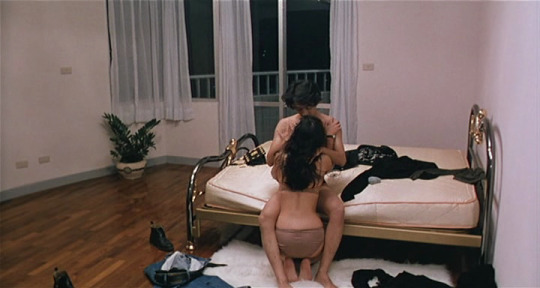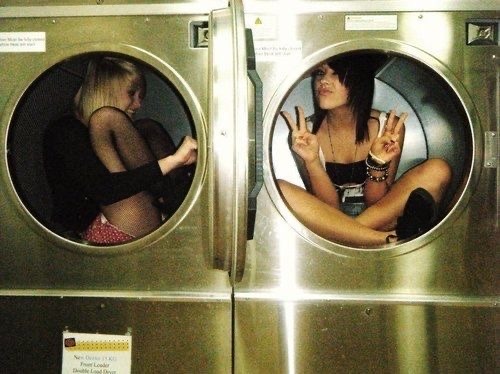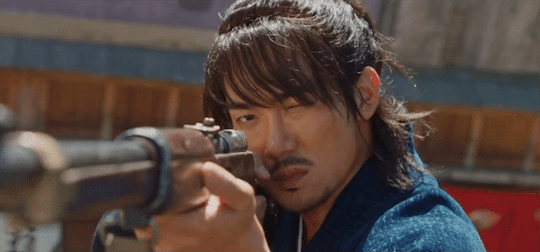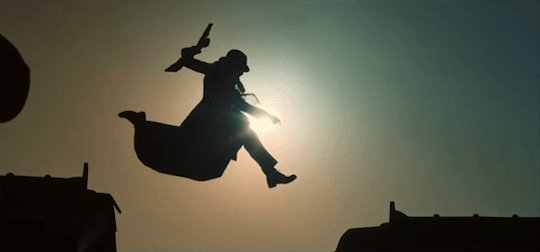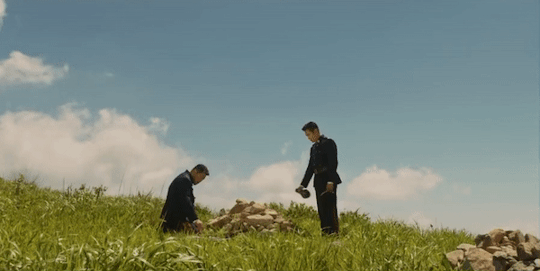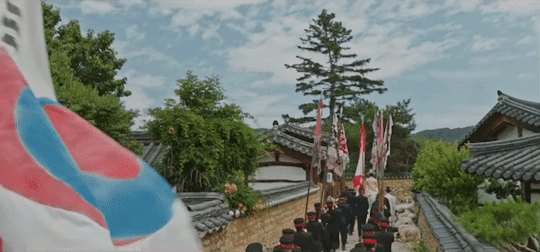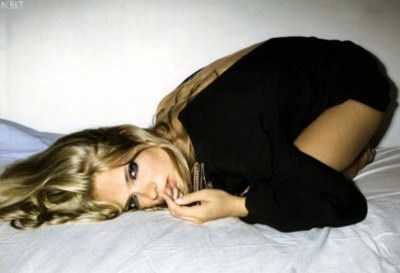Text
i die and die thinking about erika kohut
0 notes
Text




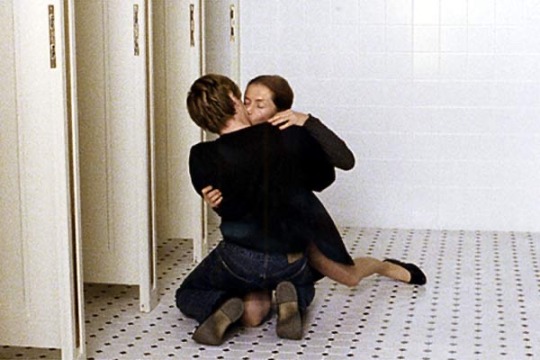



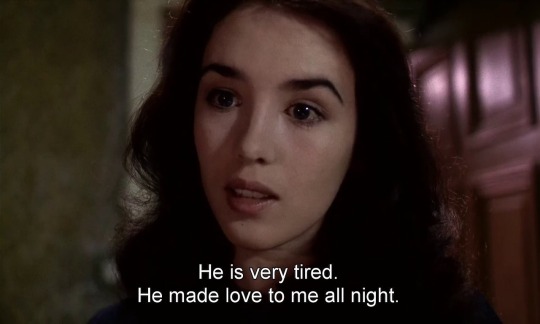
psychosexuality
belle de jour / the lighthouse / crash / la pianiste / blue velvet / possession
2K notes
·
View notes
Photo
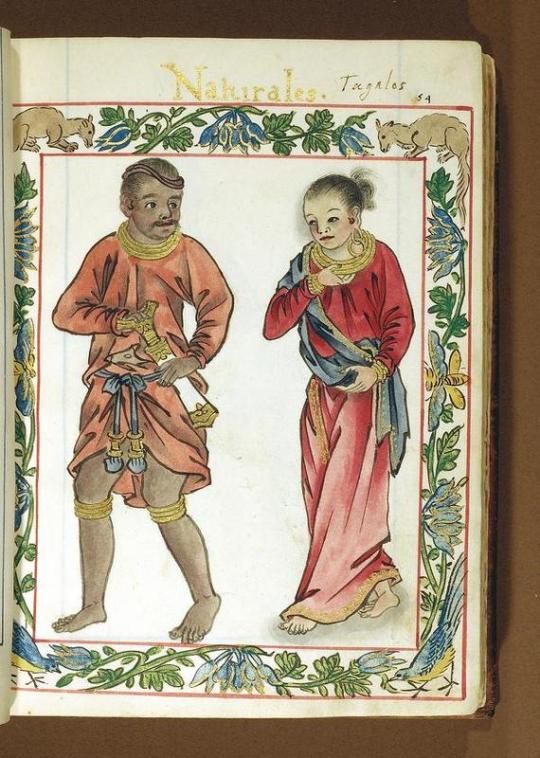

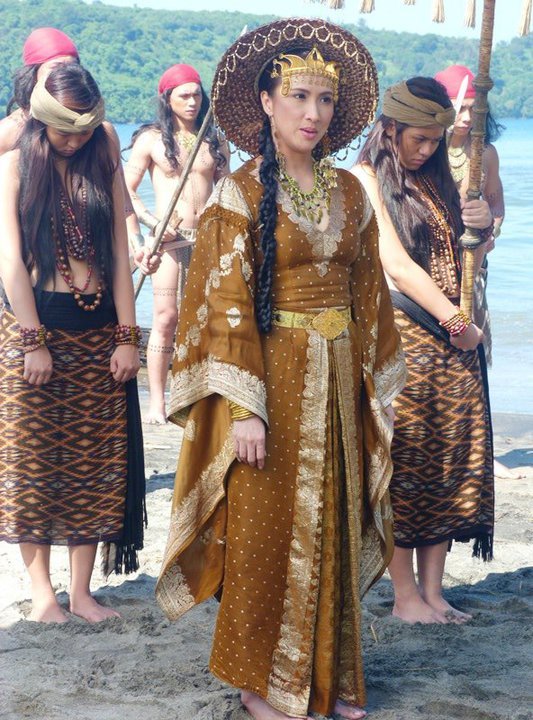

Pre-Colonial Traditional Clothing
(Note: Though this is mainly about the clothing in the Visaya’s, they were also found in other parts of the Philippines like the Tagalogs with the same name, unless otherwise stated in the post.)
Visayan clothing varied according to cost and current fashions and so indicated social standing. The basic garments were the G-string and the tube skirt–what the Maranao call malong–or a light blanket wrapped around instead. But more prestigious clothes, lihin-lihin, were added for public appearances and especially on formal occasions–blouses and tunics, loose smocks with sleeves, capes, or ankle-length robes. The textiles of which they were made were similarly varied. In ascending order of value, they were abaca, abaca decorated with colored cotton thread, cotton, cotton decorated with silk thread, silk, imported printstuff, and an elegant abaca woven of selected fibers almost as thin as silk. In addition, Pigafetta mentioned both G-strings and skirts of bark cloth.
The G-string, (bahag) was a piece of cloth 4 or 5 meters long and something less than a meter wide: it was therefore much larger than those worn in Zambales and the Cagayan Valley, or by Cordillera mountaineers today. The ends hanging down were called wayaway–ampis in front and pakawar behind–and were usually decorated. Binkisi was an expensive one with fancywork called gowat, and if it had a fringe of three-strand lubid cords, it was lubitan. G-strings were of the natural color of the cloth. However, in the case of men who had personally killed an enemy, they were qualified to wear deep red ones.
To put the G-string on, one end was held against the chest while the other was passed between the legs, pulled up between the buttocks and wrapped around the waist several times, thereby binding the front flap which was then allowed to hang down as ampis; the other end was then knotted behind and let fall as pakawar. Care was taken to see that one of the wayaway was longer than the other: wearing both equal length was considered ludicrous. The word watid was for a G-string dragging on the ground, a deliberate sign of mourning.
Because its size permitted the bahag to be spread out to cover the entire hip, many observers thought it was a kind of kilt from the waist to the knees. And because of its bulk, men removed it in the privacy of their home: Sanchez (1617, 45) illustrated with the sentence, “Magbahag kita ay magatubang sa Padre [Let’s put on our G-strings in front of the Father].”
Men also wore a blanket or another length of cloth as clothing. Singal was to put one on like a G-string; and tampi was simply to wrap it around the hips, tied with a knot in front, and not passed between the legs. Alampay meant to wrap anything around the shoulders or over the head like a cape, including G-strings which were then given fewer turns around the waist to allow it to extend over the shoulder or head. To lend greater dignity to a formal occasion, an ankle-length garment called saob-saob was worn, with or without sleeves but open down the front like a cloak. Rajah Humabon put on a silk one at Magellan’s request to take his oath of vassalage to the Spanish king.
There seems to have been no Visayan term for the long-sleeved gowns depicted in the Boxer Code, with the fine Pintado ankles just peeping out at the bottom–nor for those tight-sleeved tunics the Tagalogs called baro. Perhaps this can be explained by the fact that these pictures were painted twenty-five years after Spanish advent. However, though references from whatever source were and have been made to such cloths, these togalike garb could not have been the ordinary Visayan costume. All royal Datu’s who had dealings with early Spanish commanders were clothed only in tattoo’s and g-strings–Kolambu of Limasawa, Awi of Butuan, Katuna of Bohol, and Tupas of Cebu. Bare chested exposure to the elements was a matter of masculine pride, and even a century later, men’s jackets had still not caught on. Writing in 1668, Father Alcina said,
They rarely used the tunics, or baros; what was common for going out and for working was the bahag only, except for old men who would cover up with the baros against the cold or extreme heat, or the flies and mosquitoes that would bit them (Alcina 1668a, 1:49)
The tube skirt was described by Juan de la Isla in Cebu in 1565 as follows:
The clothes which they wear are a piece of material closed like a sack or sleeve with two very wide mouths, and they make many pleats of the extra width on the left side, and making a knot of the cloth itself, let the folds fall on the left, and although it does not go above their waist, with a tight blouse most of the body and legs are clothed (Isla 1565, 235).
This was the lambong, and because it could also be fastened under the armpits or over the shoulder, or even around the head, the Spaniards called it a sayo (smock or coat) rather than saya (skirt). The same term was extended to include any garment tailored to the body, like the sinulog (i.e: Sulu-style) or sinina (Chinese), a short jacket which exposed the midriff–and more, Father Sanchez observed, when they raised their arms. This sinina could have originated in Indonesia or Malaysia, since the Visayans called foreigners Sina before the coming of the Europeans.
Untailored clothes, however had no particular names. Pandong, a lady’s cloak, simply meant any natural covering, like the growth on banana trunk’s or a natal caul. In Panay, the word kurong, meaning curly hair, was applied to any short skirt or blouse; and some better ones made of imported chintz or calico were simply called by the name of the cloth itself, tabas. So, too, the wraparound skirt the Tagalogs called tapis was hardly considered a skirt at all: Visayans just called it habul (woven stuff) or halong (abaca) or even hulun (sash). Father Sanchez (1617, 54v) shared their assessment: he defined balikuskus as
the knot which women make in their blankets when they wrap it around instead of a real skirt like those they more decently wear in these parts; if it is from Panay, Pampanga, or the Tagalogs, it is really indecent.
Open gowns or cloaks were closed in front by cords or gold gansing, a kind of hook-and-eye or button, at the throat; or a hulun sash, whence the waist or private parts were called ginhunlan. Imported textiles included fine white kayo from China and a thin red cotton from Borneo called kalasumba. High-quality local abaca or cotton was woven with alternating colored stripes (liray), sometimes of silk, or in squares (sokat) like alemaniscos (German stuff). Humabon’s queen walked in procession all in black and white, with a gold-striped silk scarf over her head, hat, and shoulders.
Good lambong, blankets, or other clothes had decorative strips added to the edges and ends. Salukap was a checkered design, and potak, little rosettes, while luray were separately woven strips that looked like a banister of many colors. Datus and their ladies were distinguished by exquisite luray on all four sides called libot, a circuit, such as that which the sun appears to make around the earth, kalibutan.
The usual male headdress was the pudong, a turban, though in Panay both men and women also wore a head cloth or bandana called potlong or saplung. Commoners wore pudong of rough abaca cloth wrapped around only a few turns so that it was more of a headband than a turban and was therefore called pudong-pudong–as the crowns and diadems on Christian images were later called. A red pudong was called magalong, and was the insignia of braves who had killed an enemy. The most prestigious kind of pudong, limited to the most valiant, was, like their G-strings, made of pinayusan, a gauze-thin abaca of fibers selected for their whiteness, tie-dyed a deep scarlet in patterns as fine as embroidery, and burnished to a silky sheen. Such pudong were lengthened with each additional feat of valor: real heroes therefore let one end hang loose with affected carelessness.
Women generally wore a kerchief, called tubatub if it was pulled tight over the whole head; but they also had a broad-brimmed hat called sayap or tarindak, woven of sago-palm leaves. Some were evidently signs of rank: when Humabon’s queen went to hear mass during Magellan’s visit, she was preceded by three girls carrying one of her hats. A headdress from Cebu with a deep crown, used by both sexes for travel on foot or by boat, was called sarok, which actually meant to go for water.
Source: Barangay: 16th Century Philippine Culture and Society by William Henry Scott
504 notes
·
View notes
Text


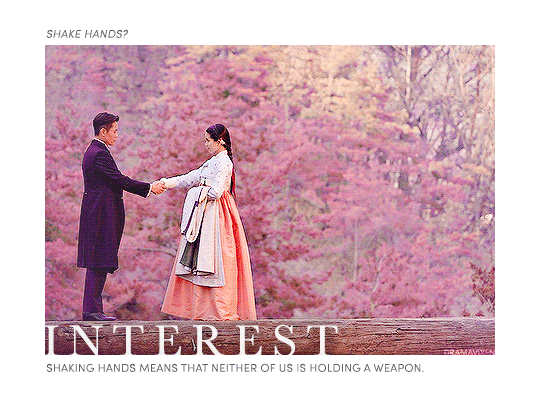

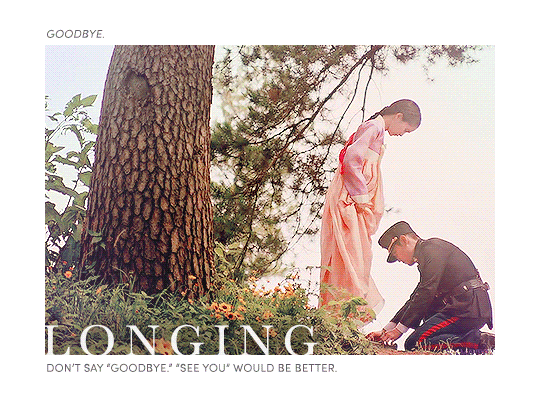


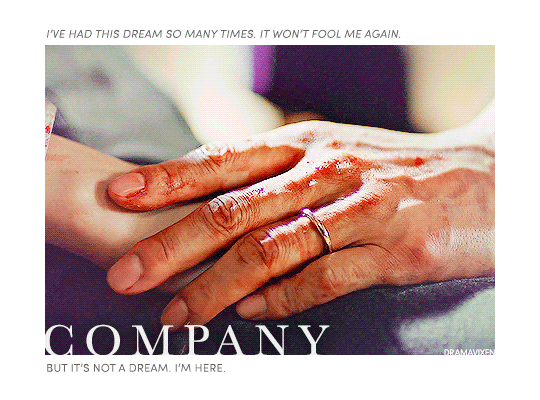
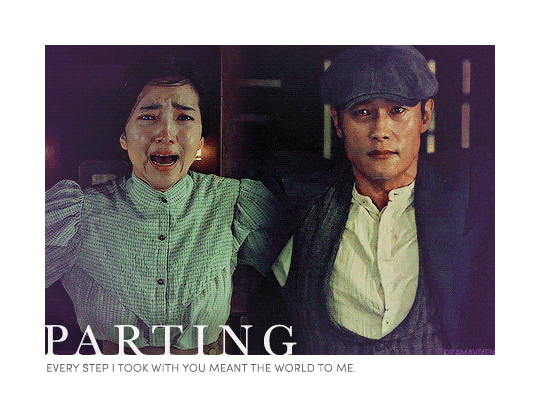
userdramas event 04: love → snapshots of eugene choi & go ae-shin (mr. sunshine, 2018)
You should take one step forward. And I'll take one step back.
276 notes
·
View notes
Text


asian tenement building - ts4 lot download (no cc) ★₊˚⊹
download
gallery id: machinegr1
info:
30x20
residential rental
no cc
3 apartment units
turn on bb.moveobjects before placing
see more previews here & here
packs used:

t.o.u:
feel free to use however you want!
but pls don't re upload or claim it as yours
you're welcome to tag me if you use it! i always love to see it <3
651 notes
·
View notes
Text





How it feels waking up when you were in bed before April 1st hit.
30K notes
·
View notes
Photo
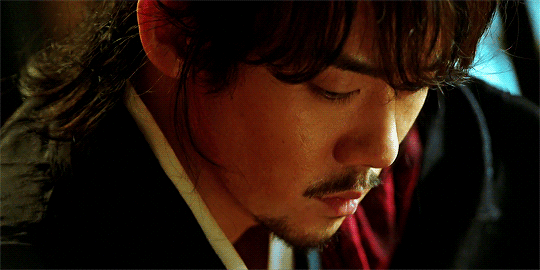
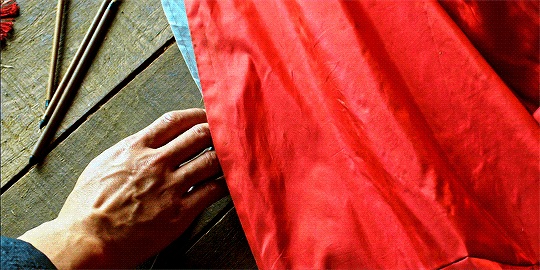

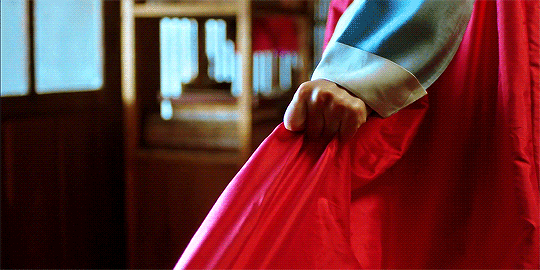
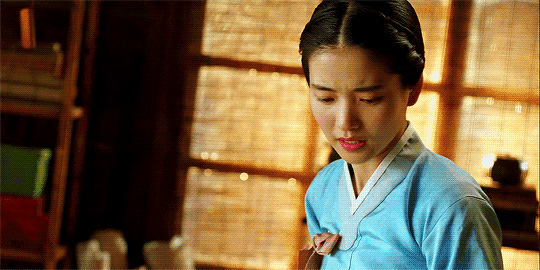
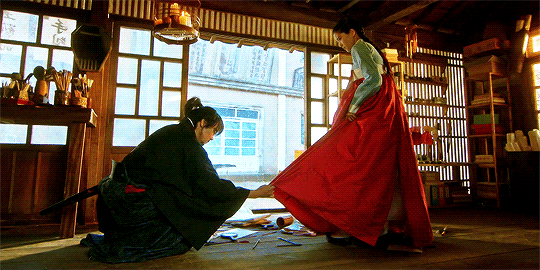

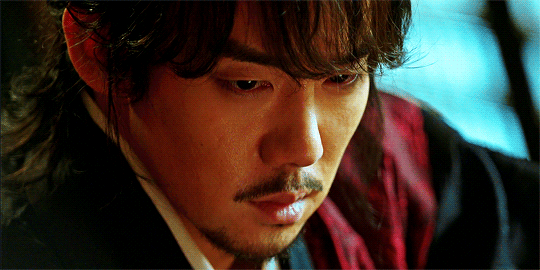
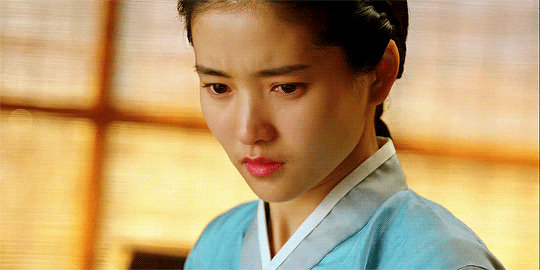

What do you think you’re doing? Nothing. I’m not doing anything, my lady.
255 notes
·
View notes
Text

Brightly Falling Comets (2022)
oil on wood panel
Instagram: @suhaylah.h
Shop: suhaylah.bigcartel.com
Patreon: patreon.com/suhaylah_h
206 notes
·
View notes
Text
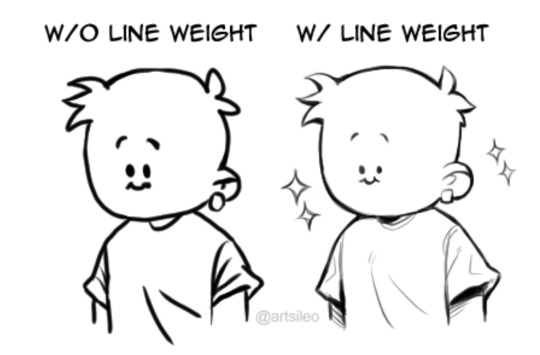



You don’t suck at Lineart, you’re just not familiar with line weight👍🏼!
64K notes
·
View notes


